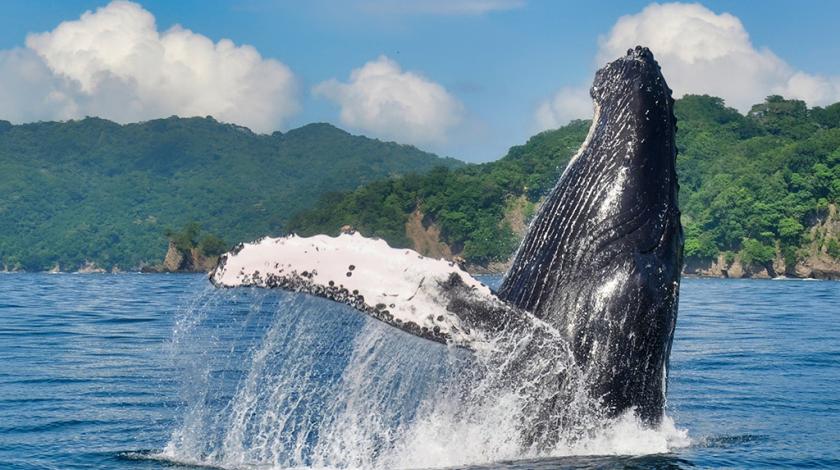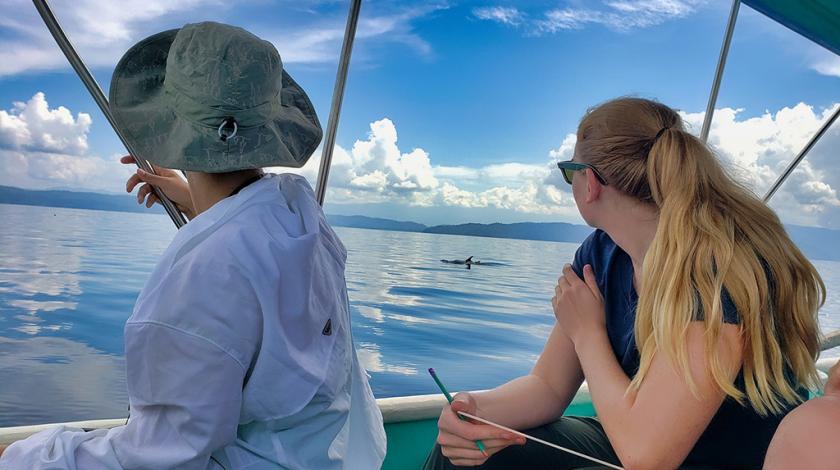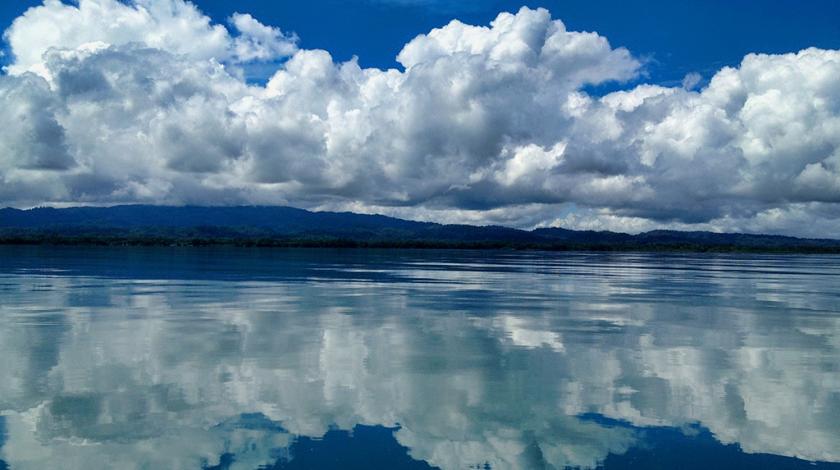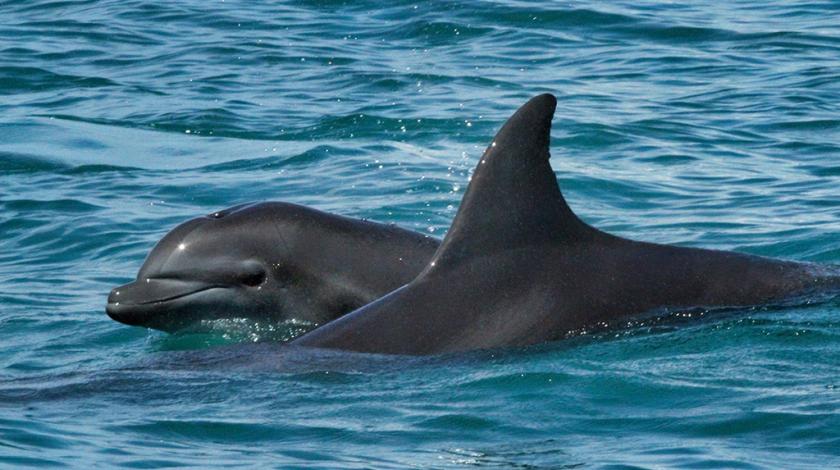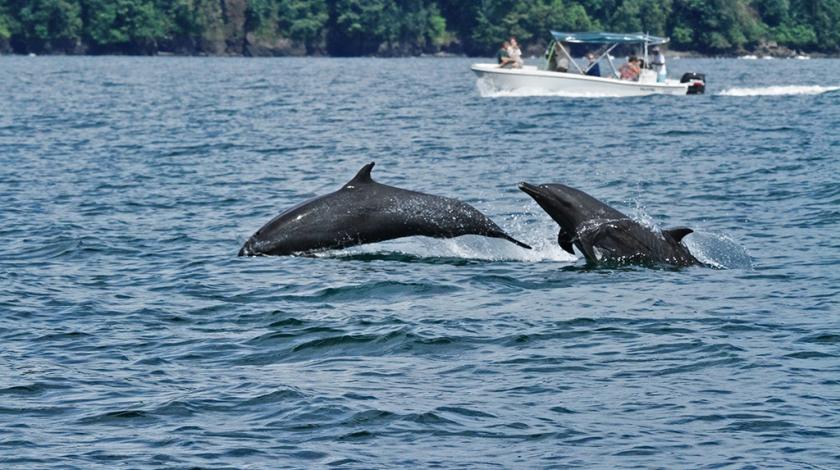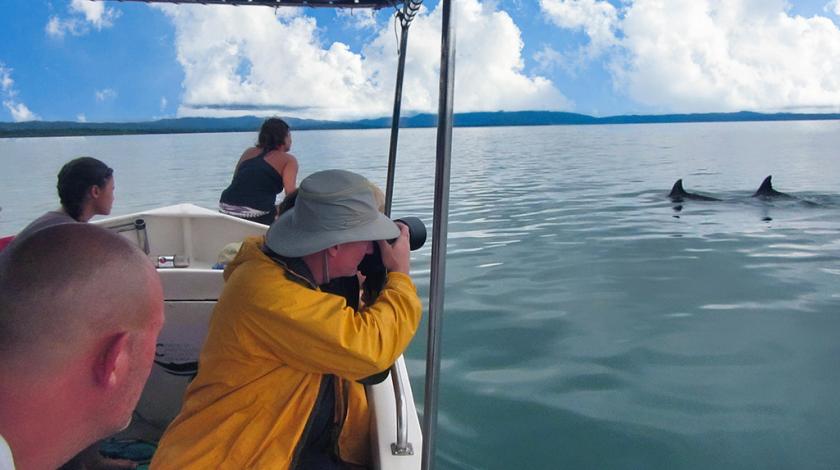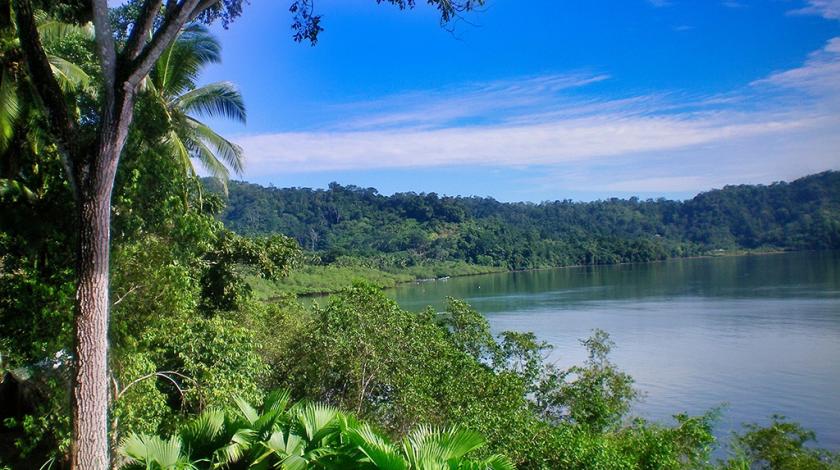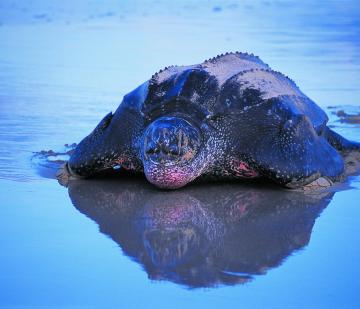BOOK WITH A $500 DEPOSIT
Marine Life Conservation in Costa Rica
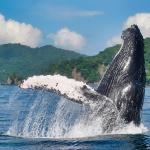
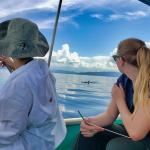
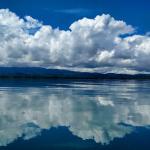
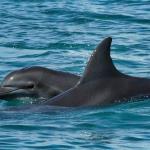

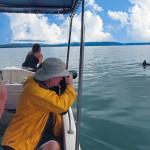
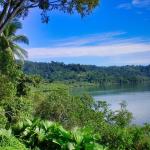
Join researchers in the pristine wilds of Costa Rica to conduct critical research on marine mammals. Your findings may help to develop a permanent marine protected area.
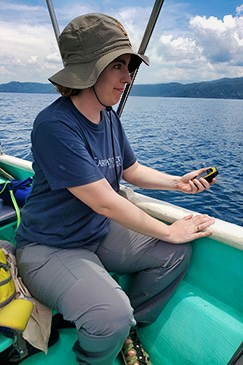 Golfo Dulce, a narrow inlet on the southern Pacific coast of Costa Rica, provides a rich habitat for cetaceans (whales and dolphins). It remains fairly pristine since the many tourists who visit Costa Rica each year haven’t quite discovered it yet—which makes now a crucial time to investigate what the ecosystem needs to remain healthy. By understanding the behavior and tracking the abundance of the marine mammals in this region, we can ensure we have the necessary information to protect them best when tourism starts in earnest in this beautiful, wild place.
Golfo Dulce, a narrow inlet on the southern Pacific coast of Costa Rica, provides a rich habitat for cetaceans (whales and dolphins). It remains fairly pristine since the many tourists who visit Costa Rica each year haven’t quite discovered it yet—which makes now a crucial time to investigate what the ecosystem needs to remain healthy. By understanding the behavior and tracking the abundance of the marine mammals in this region, we can ensure we have the necessary information to protect them best when tourism starts in earnest in this beautiful, wild place.
For about a decade, this project has gathered information on three species of cetacean in the gulf: the pantropical spotted dolphin, the bottlenose dolphin, and the humpback whale. In studying these cetacean species, researchers hope to understand how to preserve the entirety of this beautiful marine ecosystem.
Through this research and your volunteer involvement, this project will help develop conservation plans to protect the future marine biodiversity in the gulf.
A Typical Itinerary
- DAY 1: Arrival, orientation, training
- DAY 2: Training on dolphin and whale behavior sampling and dolphin photo-identification
- DAYS 3–7: Dolphin and whale surveys, photo-ID work
- DAY 8: Time off to explore or photo-ID work at camp
- DAY 9: Departure
.
HOW YOU WILL HELP
.
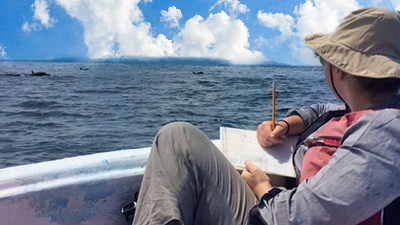
MONITOR WHALES AND DOLPHINS
By boat, you will follow groups of dolphins and whales. When someone spots a cetacean, you'll document its GPS location, size, and behavior (e.g., feeding, traveling).
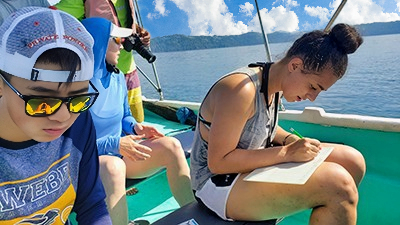
RECORD TROPHIC WEB
Document and describe the species in multi-predator assemblages by observing aggregations of schooling fish and their predators, such as dolphins, seabirds, sharks, and rays.
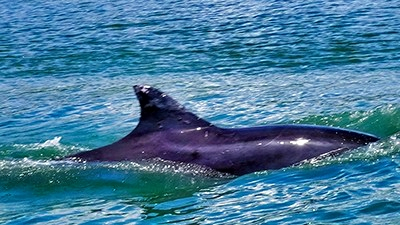
PHOTO-IDENTIFY INDIVIDUALS
Back on land, you’ll help sort pictures of each dolphin species so scientists can identify individuals using the unique scars, notches, and other markings on their dorsal fins. The researchers know the dolphins in the gulf exceptionally well, so expect to hear stories about some of their most memorable encounters.
Field conditions and research needs can change the itinerary and activities. We appreciate your cooperation and understanding.
.
.
FEEDBACK & QUESTIONS
6 Reviews on this Expedition
GET EARTHWATCH NEWSLETTER
Bi-weekly announcements, new expeditions, and updates on our impact around the globe.
.
.
.
